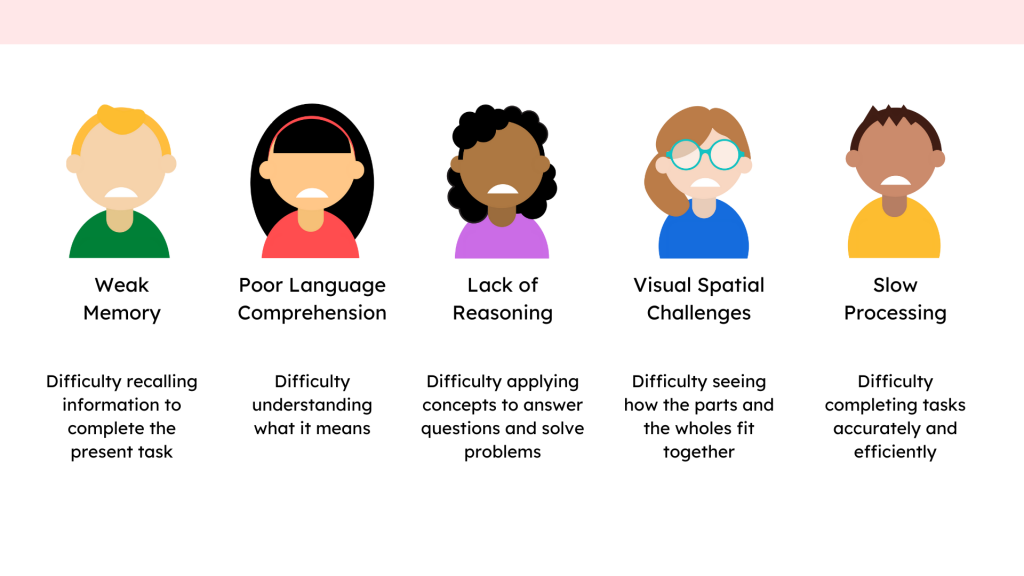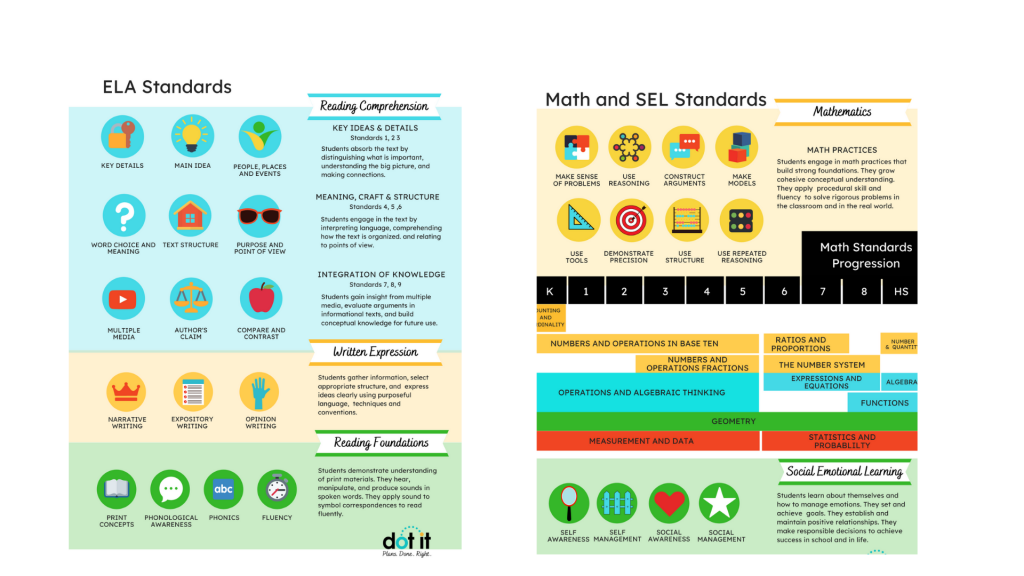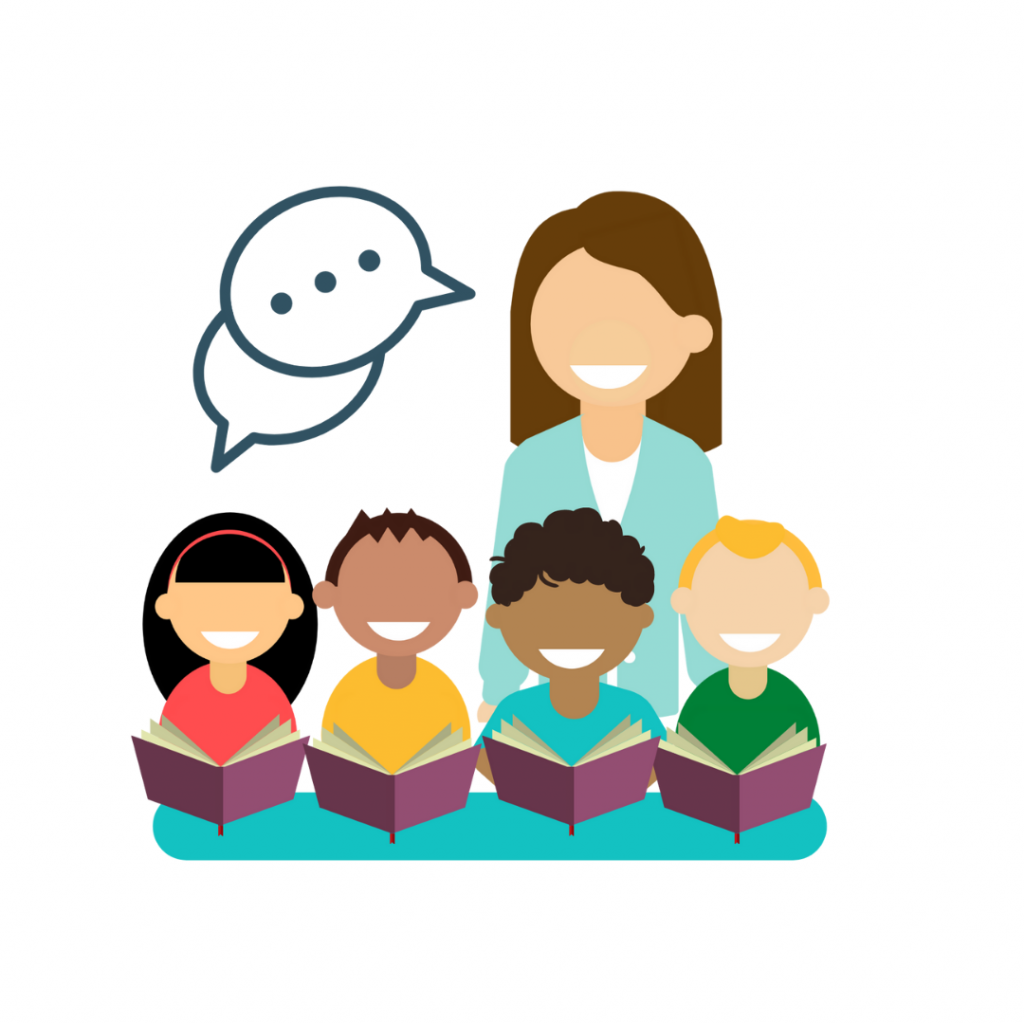“In the middle of a difficulty lies opportunity.” – Albert Einstein
Everyone would like to improve their MTSS and special education process. Undoubtedly, the MTSS and special education process is tough. With so much on the line for your students, how can you be sure either process is working? One way is to look at benchmark scores and end-of-grade test results to see if students are making improvements. That is the end result that everyone wants. If you don’t see progress this year, how can you get there next year? Here are 3 steps to improve your MTSS and Special Education process before the new school year begins.
Step 1: Improve MTSS and Special Education by addressing the REAL “why”.
MTSS and IEP teams start with discovering why a student is behind. Most teams describe the why, or impacts and problems, as performance gaps. When teams do this, they miss the real why. The real why is about how students’ thinking is challenged. For example, do they struggle to remember things? Or do they misunderstand the meaning? Do they have difficulty thinking through tasks, or do they just need more time to process? The problem statement is the why in an MTSS plan. The impact statement is the why in an IEP. A problem statement describes why a student is not learning the grade-level standards. Similarly, an impact statement describes how a disability impacts grade-level learning. In either case, teams should understand the cognitive challenges (the why) before the what and the how. This keeps their plans on track.
 Step 2: Improve MTSS and Special education with standards-based goals taught consistently every day.
Step 2: Improve MTSS and Special education with standards-based goals taught consistently every day.
Teams decide what state grade-level standard will help the student access the general curriculum. A standard defines what students should know and be able to do at the end of a grade level. Teams can unpack standards into critical criteria so goals can be consistently taught every day. Whether you are a teacher, coach, or administrator analyzing student work is essential. Look at student progress on goals with teacher notes and uploaded authentic student work to tell the real story. So what if students are significantly behind? How do you make those goals attainable?

Step 3: Boost student responses with evidence-based instead of preferred strategies.
 Most teachers choose strategies based on what they prefer to do rather than what will work for students with different thinking challenges. Engage your psychologists to share evidence-based strategies that directly align with cognition. Additionally, teachers can align evidenced-based strategies using Universal Design for Learning. The idea is to remove the barriers to learning so students end on a successful note each and every day.
Most teachers choose strategies based on what they prefer to do rather than what will work for students with different thinking challenges. Engage your psychologists to share evidence-based strategies that directly align with cognition. Additionally, teachers can align evidenced-based strategies using Universal Design for Learning. The idea is to remove the barriers to learning so students end on a successful note each and every day.
Conclusion
According to a recent poll, half of the teachers are thinking about leaving the field. Many say that the demands of the job are overwhelming. Administrators can help teachers and teams with their MTSS and Special Education process by putting in place these 3 steps. First, they can ensure that everyone is familiar with how to determine the “why” students are not learning.
Next, they can provide support for writing an accessible standard-based goal. And lastly, they can help teachers boost student responses with evidenced-based strategies. Only then will students receive plans that will take them where they need to go.
Want help with your MTSS and Special Education process? Learn more about Dot It. We have a solution!






